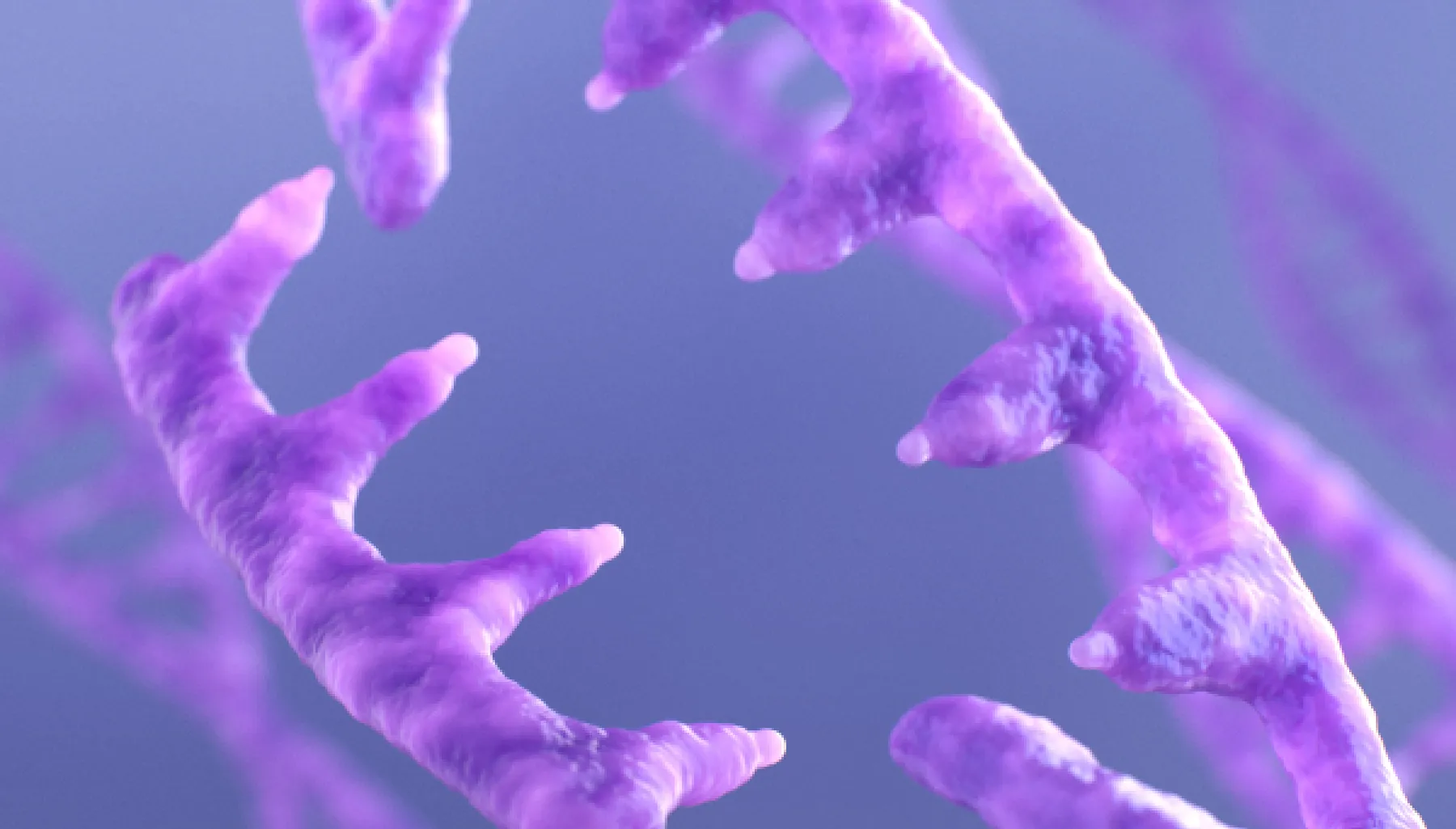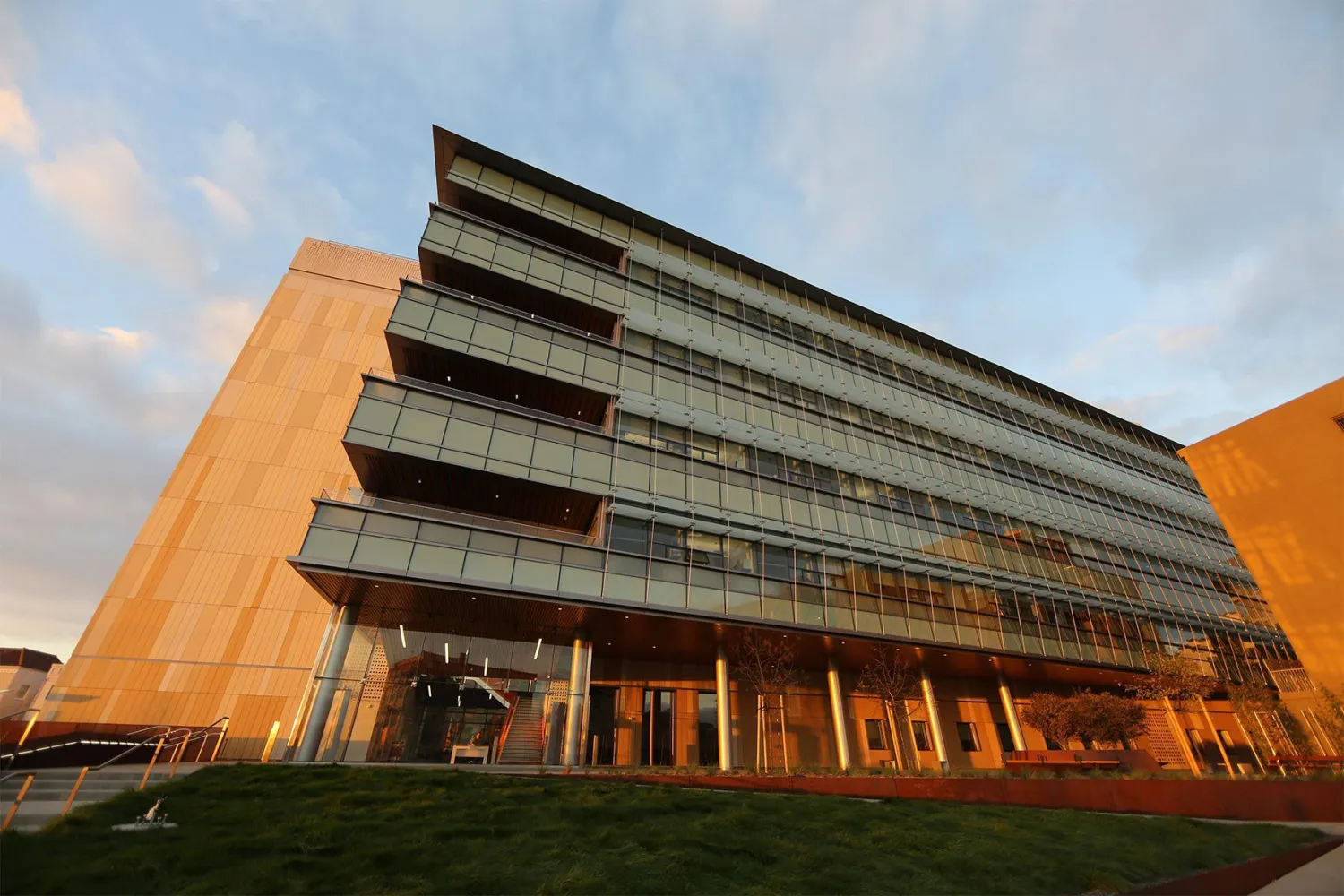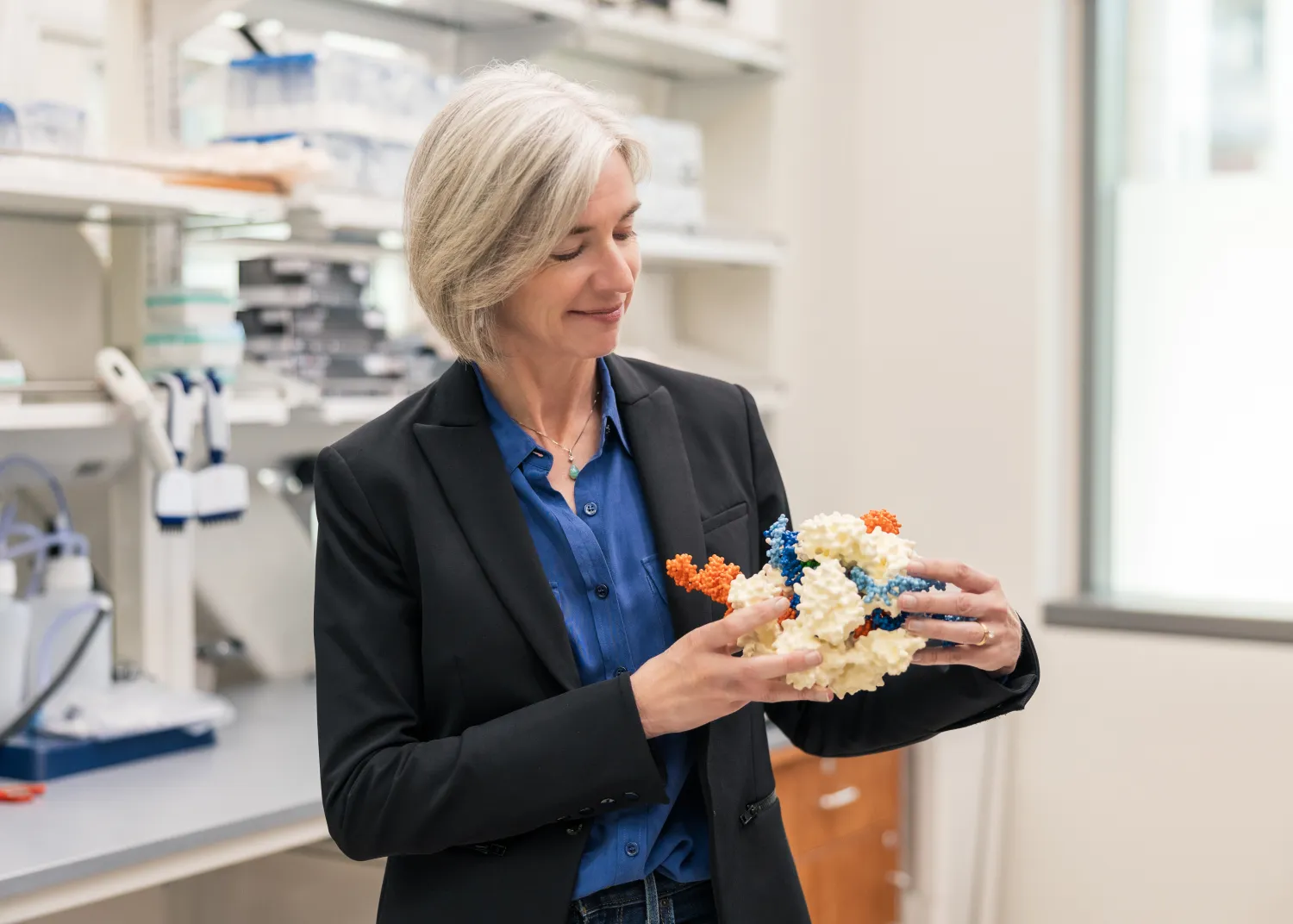“We can develop CRISPR cures in a laboratory, but at the end of the day we need a way to turn those into clinical products for thousands of patients. For this, we need industrial-scale solutions to make these cures and make sure they are safe and effective before delivering them to people,” said Doudna. “This project is focused on two specific diseases, but our ambitions are much larger. I am convinced that CRISPR can become the standard of clinical care for many diseases.”
The Danaher-IGI Beacon for CRISPR Cures will initially aim to drive two pre-clinical gene-editing therapies from design to initial regulatory submission. It focuses on a family of rare and often-devastating genetic immunological disorders known as inborn errors of immunity (IEIs), including two diseases known as ARTEMIS-deficient severe combined immunodeficiency (ART-SCID) and hemophagocytic lymphohistiocytosis (HLH). IEIs have several advantages that the collaborators believe make them amenable to the center’s approach, including an extensive patient registry and a transplant-based route of administration that bypasses key challenges in delivering CRISPR molecules to appropriate tissues.
Ultimately, the Beacon for CRISPR Cures will be designed to yield a “stacked” manufacturing platform for gene editing therapies based on Danaher solutions – and increase the number of patients treated with CRISPR-based technology from the current ~210 patients to many thousands over the next decade.
Multiple Danaher operating companies are positioned to provide tools, reagents, resources, and expertise to simplify clinical development and develop new standards for safety and efficacy. Among them is Integrated DNA Technologies (IDT), which will contribute industry-leading capabilities in the synthesis, modification, purification, and quality control of CRISPR nucleases and guide RNA. Aldevron, which has previously worked with IGI to advance the use of CRISPR-based gene editing in the brain, will also play a key role in the collaboration, alongside other Danaher operating companies including Cytiva, Beckman Coulter Life Sciences, Leica Biosystems and Leica Microsystems.
“We know that biomedical innovation can happen at astonishing speed and scale – we saw this with the COVID-19 pandemic. We had the technology; the solution was coming together to design new ways to reach as many people, as fast as possible,” said Blair. “All patients deserve that sense of urgency – especially rare disease patients, many of whom are children. They need cures now.”





